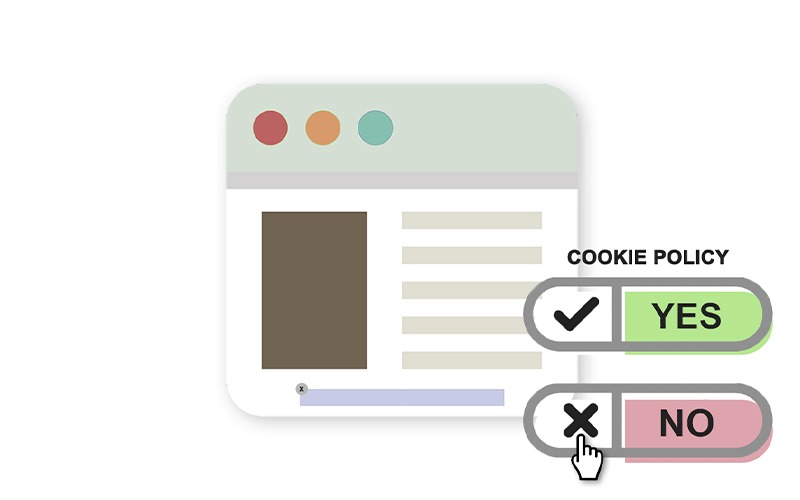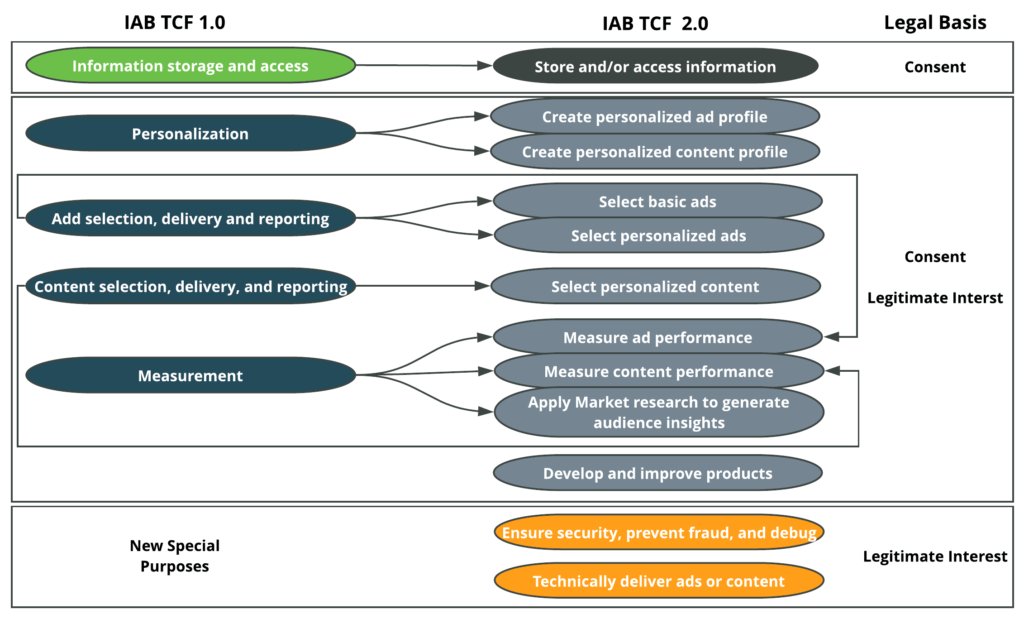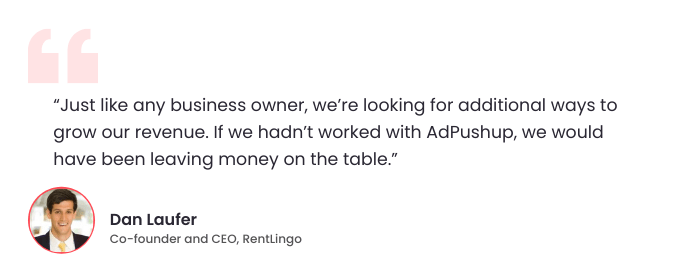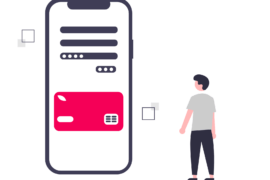IAB came up with Transparency and Consent Framework in March 2018. Its aim was to give businesses in the ad tech industry a standardized idea of the General Data Protection Regulation (GDPR) privacy laws that they need to follow.
But were the initial standards stated in TCF enough? The answer is no. The framework majorly catered to the needs of ad tech vendors, leaving publishers entirely out of consideration (more about this later). IAB then came up with the second version for TCF to solve this issue.
TCF 2.0 has been receiving mixed reviews from the media and publishing industry since its launch on August 21, 2019. An overwhelming majority feels that it is a far better version than its initial counterpart. However, some publishers are skeptical about its efficacy. Many are still wondering how it resolves their challenges pertaining to GDPR compliance.
The two events that have played a major role in TCF 2.0’s ripple effect are Google’s declaration of TCF compliance and the warning issued by the Information Commissioner’s Office (ICO) asking ad businesses to comply with the General Data Protection Regulation (GDPR).

In this post, we help publishers in understanding what TCF 2.0 is exactly, the necessity behind a revised version, and how it can help them in GDPR compliance.
What is TCF 2.0?
TCF 2.0 is the second version of the Transparency and Consent Framework. It is a unique solution built for every member of the programmatic advertising chain.
Its purpose lies in standardizing ad business and ensuring all parties in digital advertising (publishers, ad tech vendors, and agencies) comply with the EU’s GDPR.
Why Was TCF Updated?
TCF aided publishers in conducting their operations safely and while respecting the privacy of users. Both users and publishers had enhanced control over how their data was being used.
However, a majority of publishers disliked the first version of TCF. They felt that it was heavily biased in favor of ad tech vendors. It provided an undue advantage to ad tech vendors as it had several loopholes that could be easily exploited by them. Additionally, the ICO was also not completely onboard with TCF because according to it, GDPR-related implementations were not entirely satisfactory.
But TCF 1.0 was the first framework of its kind so we cannot resort to any kind of accusations. However, it was also important to repurpose it for fulfilling the needs of all parties in the ad tech industry.
This is precisely what TCF 2.0 does in its attempts to reduce disparity by taking into account the concerns of consumers and publishers. It aims to provide choice and transparency to consumers and also provides greater control to publishers.
What’s New in IAB TCF 2.0?
TCF 2.0 has primarily improved upon the previously introduced compliance guidelines. The standards provide more clarity regarding certain aspects that seemed unfair to publishers. Other than that, IAB has introduced some new purposes in the new version of TCF.
Enhanced Transparency
IAB has introduced more purposes under “legitimate interests”, giving vendors a wider legal basis. They will be able to select the legal basis for processing data much more precisely. It further streamlines exercising of users’ ‘right to object’.
Additionally, publishers now have increased control over the data that can be accessed by vendors.
More Choice for Users
The number of purposes have been increased from 5 to 10 in the second version of TCF. Moreover, descriptions of all purposes are more detailed and granular. This means that users can now make an informed decision regarding how their data is being processed by vendors, ie, if they choose to share their data in the first place.

Increased Control for Publishers
The second version of TCF allows publishers to impose restrictions over legal bases and purposes for which user data is being collected by vendors. This provides publishers to customize vendor operations efficiently.
Improved Compliance with GDPR
TCF 2.0 provides its users with increased support in regard to terms and conditions, applications of policies, and technical specifications. This means that publishers and ad tech vendors can effectively adhere to GDPR. IAB Europe has also invested in this venture for providing the needed support to all parties in the industry.
Despite various changes though, TCF 2.0 is not without limitations. A negative aspect of TCF 2.0 is that these are just guidelines that companies are asked to adhere to. Compliance is voluntary and not mandatory. There is no way these guidelines can be enforced upon businesses today or tomorrow. The number of players in the chain is huge, and this makes it impossible to track data leakage at any point.

The Onus is Now on Publishers
As the framework has been rolled out, it is now up to publishers to prepare for it. Here are some of the actions that you as a publisher need to take to ensure compliance:
Make Yourself Familiar with TCF 2.0
The first and foremost step that you can take is to make yourself familiar with TCF 2.0. You can watch videos, read material that is available over the internet, and contact IAB for any queries.
Pick the Right Consent Management Platform
You should start exploring your options regarding the consent management platform. Even if you are already using a CMP, it is recommended that you work on its integration with the upgraded framework as TCF 2.0 is not backward compatible with TCF 1.0. In case you work with an unregistered CMP, it will no longer be valid in TCF 2.0, even if it technologically supports the new signal.
Collaborate with Your Vendors
You need to collaborate with your vendor and plan the implementation of 2.0. Even though vendors are required to support both TCF 1.0 and TCF 2.0, you need to choose one or the other. It is better you shift to TCF 2.0 as soon as possible.
Decide on Collecting Consent
It is optional to collect consent for storing and accessing the information on a device using jurisdiction-specific settings. However, it is optional only for those publishers that are based in those countries that have not strictly implemented the e-Privacy Directive. Some of the vendors may not prefer to work with you if you choose not to collect consent for storing and accessing information.
Is TCF 2.0 Final?
No, TCF 2.0 is not the final version because the journey from the initial basic version to the final eloquent version will be a timetaking and complicated process. The progress is evolutionary in nature. Many are questioning the purpose of TCF 2.0 as it still has a few drawbacks.
With all its limitations, we would say that TCF 2.0 is a significant step in the right direction. It is only through such steps, TCF would become more robust and effective in due course of time. Consultations with publishers, vendors, advertisers, media agencies, and data protection authorities are necessary to ensure the framework is further improved.
FAQs for TCF 2.0
IAB’s aim is to improve the interactive media industry. It creates standards and guidelines for different operations that are carried out in regard to digital advertisements, including their selling, purchasing, planning, and measurement.
A purpose is one of the reasons for processing user data, including personal information, by vendors who are part of the framework. The user has a choice to either object or consent to a purpose in accordance with the legal basis.
It is one of the purposes in the framework for which the user does not have a choice to consent regarding the processing of their data, including personal information.
Vendors who are participating in the framework carry out purposes by using one of the features. Users are not given any choice when it comes to features. Vendors process data on the basis of users’ choice regarding purposes. Features listed in TCF 2.0 are receiving and using automatically-sent device characteristics for identification, matching and combining offline data sources, and linking different devices.
Stacks are the combination of purposes and features, which can be used by participants of the framework for substituting and supplementing initial descriptions of purposes and features. Vendors can utilize stacks for improving user experience by grouping two or more purposes and/or special features.
More than 650 brands, media, and technology industry leaders work with IAB. It is in collaboration with publishers, brands, and ad agencies that IAB is working towards optimization of digital ad marketing campaigns.
Companies that are engaged in measuring, monitoring, selling, and producing ads on digital platforms can become a member of the IAB.
Registration for participation in TCF 2.0 is open to all vendors. They can enroll for the same on the registration site of IAB Europe.
A growth blog for professional bloggers and ad ops professionals.







